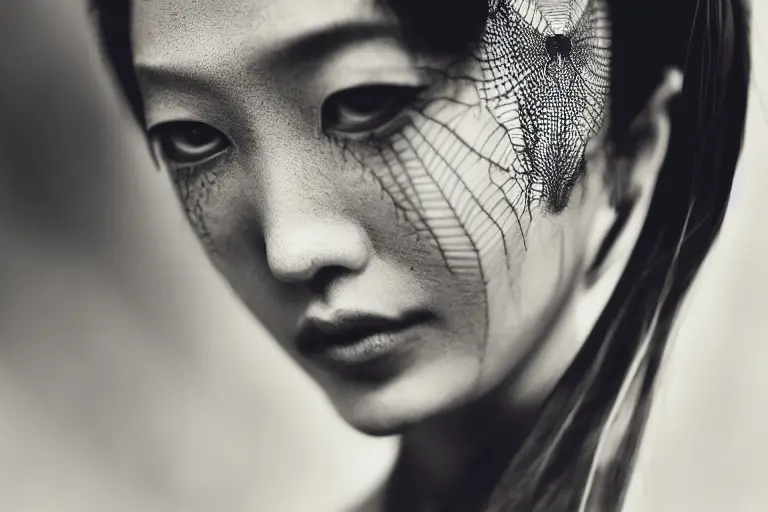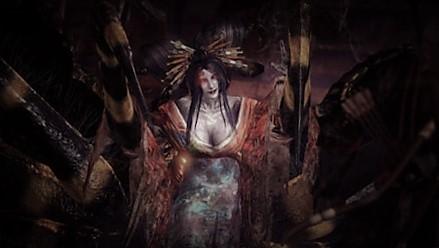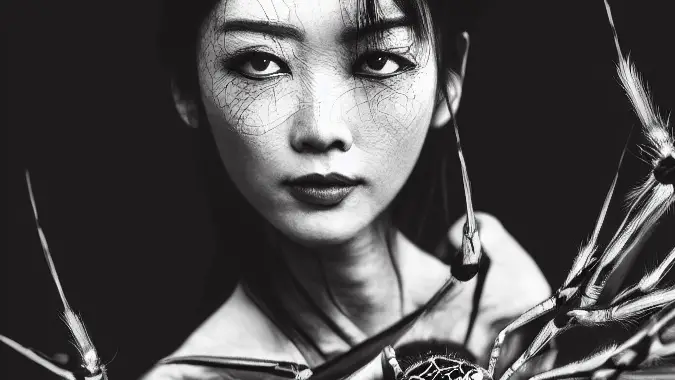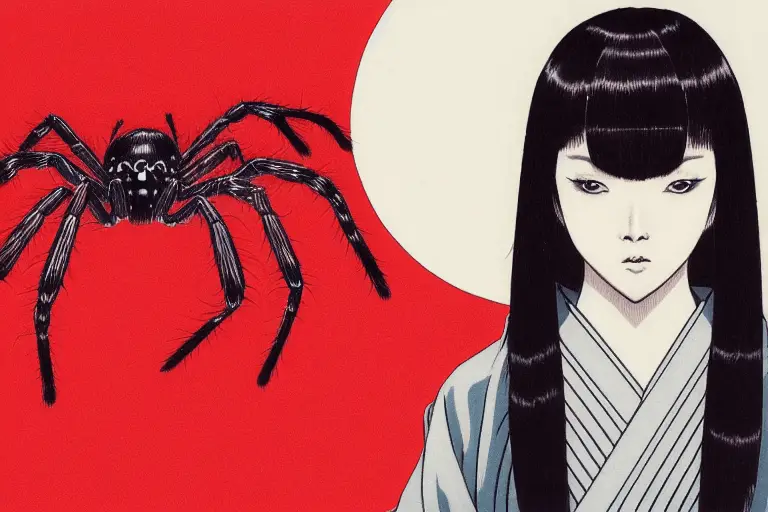Share the Lore!
By: Alex Postrado
The Shape-Shifting Man-Eating Spider
Spiders are some of the creepiest members of the animal kingdom.
Ranging from small to huge, and harmless to venomous, these many-legged arachnids have long woven their place in lists of all things scary — for obvious reasons.
But, if a single, palm-sized creepy-crawly is enough to send you rushing out of a room, imagine meeting a larger, anthropomorphic version of it.
The Jorōgumo.
A mythical, shapeshifting yôkai in Japanese folklore is a hybrid between a gargantuan spider and a woman.
A creature of great terror for local men since at least the 1600s — here is a look into the story of the Jorōgumo.

Where it all Started
Japanese Folklore has a wide variety of supernatural monsters.
And through the years, they have been called by a slew of names — three of which have left long-standing marks through modern Japanese culture.
During the Heian period, the term oni was used to refer to all things unusually huge or mysteriously menacing.
Nowadays, however, we frequently associate oni with ogre-like brutes from folk stories.
In the Edo period, unexplained creatures were called bakemono.
And today, we know bakemono as shapeshifting beings of a preternatural kind.
When the Meiji Period came, the word yōkai began denoting phenomena that are so strange, they could not be explained by any natural means.
And we have since been using yōkai to refer to all classes of supernatural creatures in Japanese folk narratives.
Regardless of the varying monikers and meanings, though, there is — interestingly — one type of monster that fits it all.
Jorōgumo, as they are called.
They are enormous, deadly spiders that can shapeshift into the form of a beautiful woman.
In Japanese Kanji, the name Jorōgumo translates to “woman-spider“.
However, some of other widely accepted interpretations of Jorōgumo include “entangling bride“, “binding bride“, and “harlot spider“.
And the reason behind all of that is actually more sinister than it seems.
The Lore of the Woman-Spider
According to the lore, a Jorōgumo lures its prey by transforming into an attractive woman and seducing unsuspecting young men into one of its lairs.

And by lairs, I mean, typically dark spaces, like caves and deep forests.
When the unfortunate victim gets beguiled by the mystical sound, playing from the Jorōgumo’s lute, the monster-in-disguise will then start binding him in spider-silk threads.
Persistently weaving, until the man is completely trapped in an elaborate web of almost inescapable death.
It is said that most Jorōgumo victims were never to be seen again.
And it is generally assumed that they have all been killed during the petrifying ordeal.
What’s worse is that the way Jorōgumo kills their prey reeks of pure evil.
They not only take lives but rather manipulate their way into getting victims to trust them — or become infatuated with them — until a point when they would murder and devour the men’s flesh as part of their next dinner.
With this, it is perfectly understandable why people, especially young men — Jorōgumo’s most preferred meal — would want to avoid falling prey to the yōkai as much as they can.
And successfully doing that would, perhaps, start with learning the ins and outs of the woman-spider.

Learning the Ways of the Jorogumo
Appearance-wise, Jorōgumo are most commonly known to have the upper torso and head of a woman, as well as the legs of a gigantic spider.
Their bodies are adorned with alluring colors and patterns.
And their legs are fully dexterous, allowing them to hide all of it beneath their clothing should they desire.
In the works of poet Toriyama Sekien, the Jorōgumo was depicted to have the added ability to control smaller, fire-breathing spiders — believed to be her spider children.
Furthermore, in most versions of the Jorōgumo lore, it is mainly thought that the silk-weaving monsters are immune to any kind of poison.
As if that wasn’t concerning enough, they are portrayed to have two fangs — each with a different kind of venom.
One, for victim paralysis.
The other, for flesh digestion.
So, if you don’t want a Jorōgumo to “drink” your insides, it is much safer to just keep away from one, when you see one.
But how?
Well, Jorōgumo are extremely cunning.
But, lucky for us, even their reflections cannot hide the truth.
It is said that even in its human disguise, a Jorōgumo can easily be spotted by paying attention to its reflection in the mirror.

Instead of a beautiful woman, you will see a giant spider.
The reason behind this is because, as the lore says, eating men gives the Jorōgumo the magical ability to shapeshift into — or even have the face of — a woman.
And relative to that, a Jorōgumo’s real form is that of a large, monstrous spider.
But, of course, who has time to hang with an evil yōkai — more so, to pull out a mirror for her to look into?
Maybe we are all better off not following random, seductive strangers off the woods for safety’s sake.
Are Jorogumo Real?
If you don’t know, Jorōgumo are actually real — just not in the way the lore paints them.
There actually exists a spider — from which the name Jorōgumo was possibly derived — and it is called Trichonephila Clavata or Jorō spider.

In English, they are often referred to as golden orb-weavers.
And they are mostly found in China, Korea, Taiwan, and all throughout Japan, except for Hokkaidō.
The thing is, in Japan — especially back in the day — spiders are considered otherworldly beings.
So much so that when certain spiders — frequently, Jorō spiders — happen to live up to 400 years, it is assumed that they harness mystical abilities and become Jorōgumo.
However, most scholars and researchers like to think that the existence of Jorōgumo in Japanese lore is a mere allusion to how real spiders change their staple diet as they grow.
From consuming insects to eating small birds — and possibly, in an exaggerated version, even human flesh.
Some also point out how Jorōgumo in stories are always female.
And perhaps, it is to symbolize the cultural stereotype — prevalent since the olden times and up to this day — that women are out to “ensnare men with their physical or sexual appeal“.
Maybe Japan’s textile weaving industry was also responsible for the folkloric existence of Jorōgumo, since it shares a resemblance with the Jorōgumo’s ability to weave tough silk and was — incidentally — historically dominated by women.
But, regardless of the reason why Jorōgumo continues to exist in haunting tales today, it is apparent that folklore and oral traditions often get some inspiration from both history and reality.
And whether we are talking about the past imprints of a prejudiced society or the current belief in a shapeshifting, men-luring spider, it is always going to lead us toward a web of interesting stories.
References:
Yōkai: Fantastic Creatures of Japanese Folklore Jorōgumo - Myths and Folklore Jorōgumo - Yôkai Jorōgumo - Lore Jorōgumo - ‘The W---- Spider’ Jorōgumo: The Spider-Woman Yōkai Jorōgumo - Arcane Realm

